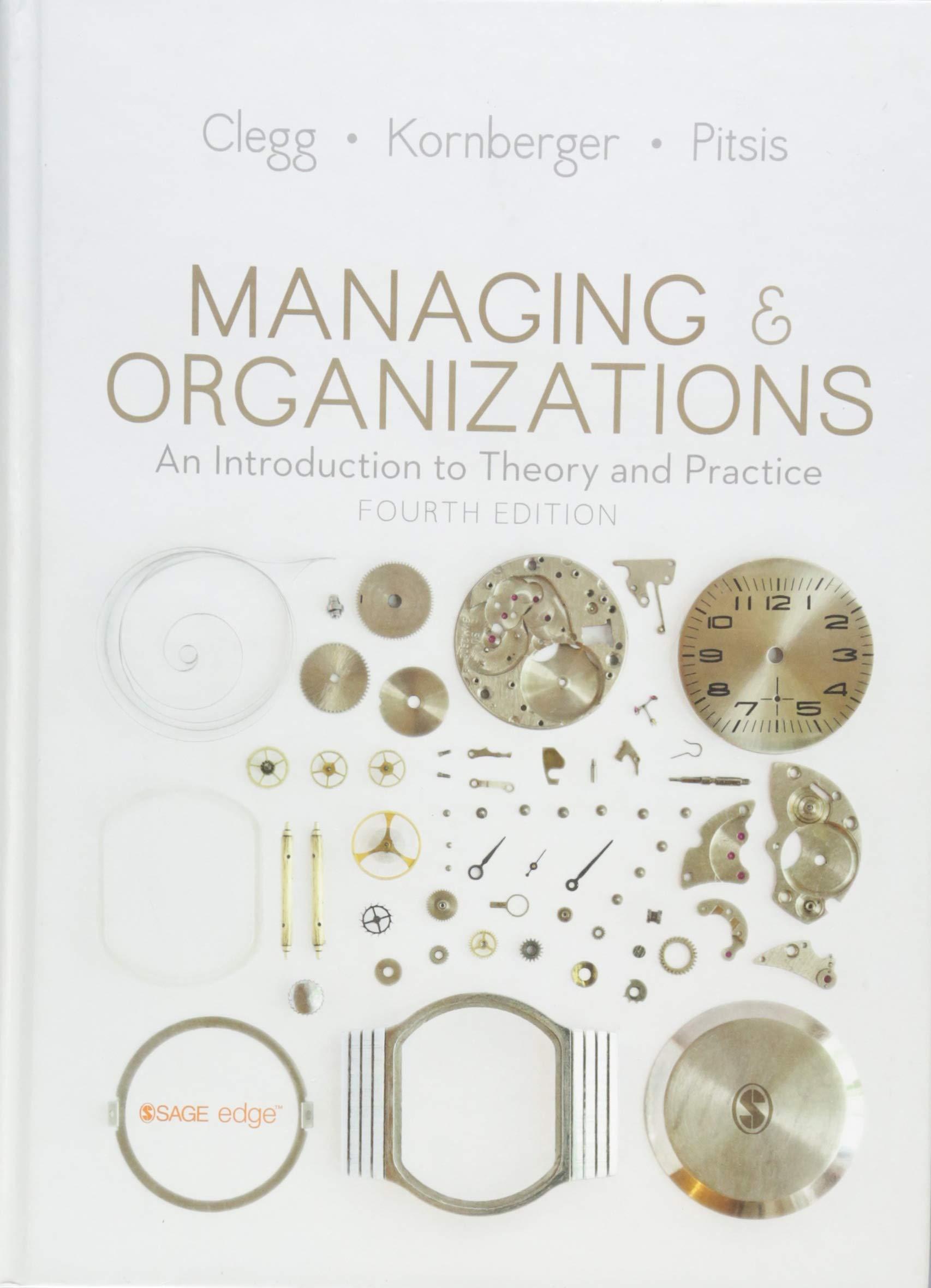The disastrous building collapse in Bangladesh's capital of Dhaka on 24 April 2013, at Rana Plaza, claimed
Question:
The disastrous building collapse in Bangladesh's capital of Dhaka on 24 April 2013, at Rana Plaza, claimed at least 1,129 lives and wounded thousands, which has finally shone some well- needed light into the murky business of global sweatshops. Greed, profiteering, empire building, and a lack of transparency and morality underpin the rise of this industry. Following the collapse of Rana Plaza in the district of Savar, the European Union - the destination of 60 per cent of Bangladeshi garments - is threatening to reconsider the Generalized System of Preferences (GSP) extended to Bangladesh through which the country currently receives duty-free and quota-free access. The United States is also considering this action. The Retail Council of Canada has also proposed new trade guidelines with Bangladesh in response to the disaster. Locally, the Textile, Clothing and Footwear Union of Australia has called for Australian companies such as David Jones, Kmart, Big W to disclose their own supply chains and that of their suppliers.
But there is much more that can be done to clean up this accident-ridden, exploitative industry. With more than 5.000 garments manufacturing factories. Bangladesh is the world's second largest exporter of ready-made garments after China, earning US$20 billion annually and employing more than 4 million workers, 90 per cent of whom are women. But demand from the West for cheaper production and supply has prompted the rapid growth of the industrial infrastructure of countries like Bangladesh without proper assessment, inspection, and control processes. Illegal and shoddy building design and lax safety standards are rife within the garments industry due to the complicity of corrupt engineers, officials, and politicians. Incidents of fire and collapses and appalling working conditions are commonplace. In November 2012, a fire in the Tazreen Fashions factory on the outskirts of the Bangladeshi capital, Dhaka, killed 112 people. In Chittagong in 23 February 2006, fire killed 83 garment workers - including girls aged between 12 and 14 years at the KTS Textile Industries factory. Prior to the cataclysmic Savar collapse, several hundred people had died in numerous incidents across Bangladesh.
In the case of Rana Plaza, the building was over-stressed with machinery and up to 500 people working on each of the five 6,000 square feet levels. The working conditions in these factories are, in most cases, horrible with lack of sufficient space, light and, supply of drinking water. They are literally 'death traps' with workers locked inside to prevent theft, leaving no way to escape disasters such as fire. With an average wage of less than A$37 a month, the factory work is physically demanding and emotionally draining. Workers report that physical and verbal harassment is rampant within the industry. To achieve ruthless daily targets, workers may skip meals and work long hours. The emotional impact and stress levels are extremely high among these poor workers. Equally appalling conditions are found throughout the industry, with similar complaints in countries including Pakistan, India, China, Cambodia, Honduras, Vietnam, Indonesia, and the Philippines. In Pakistan, 289 people died in a fire in September last year at the Ali Enterprises Garment Factory in Karachi. Following the Bangladeshi disaster, the Australian Fashion Council told consumers not to buy cheaper products made in sweatshops in developing countries including Bangladesh. But this isn't the answer. Firstly, the misconception about boycotting cheaper products needs to be clarified. Products such as smartphones, luxury fashion accessories including clothes and footwear are also produced in sweatshops. Abandoning products from a specific country may simply move the trade to another country, without much needed reform.
Rather, it is important to pressure the government to become more responsive to demands by activists and consumers, to make the industry more transparent and accountable. It is essential that the Bangladeshi government revisits its regulatory regime and makes necessary amendments to include issues such as design and construction of factories together with ensuring working conditions consistent with the ILO (International Labor Organization) Convention. Also, creating better awareness among the factory owners and managers about the importance of these infrastructure and management issues is critical. Business has a much-needed role to play here. US retailer Walmart has pledged to establish a training institute in Bangladesh to train factory owners, managers, and workers about issues of worker conditions and safe infrastructure. British retailer Primark and Canadian firm Loblaw have both promised to compensate victims.
International politics is another interesting facet of the problem. Businesses in North America and Europe will continue supporting the Bangladesh ready-made garment industry as long as they get their orders relatively cheaply, but India and Myanmar may well benefit from the happenings in Bangladesh'. As the cost of production in Bangladesh is likely to rise due to the recent moves prompted by immense pressure from unions and civil society groups locally and internationally, relocation of production facilities from Bangladesh to more politically stable and economically viable locations could only be a matter of time....
Questions
1. You are the CEO of a major fashion brand and you have just undergone a very traumatic annual general meeting at which activists protested on behalf of young Bangladeshi women who were severely injured at Rana Plaza, many losing limbs, now without work, with little if any financial compensation and no social security safety net, as well as being seen as worthless burdens on their families. Having been challenged for your complicity in the disaster as a major contractor you have promised to organize a solution for the future. You organize an industry working party, including academic researchers, representatives of NGOs and garment workers. What concrete programme of actions will you propose? Analyse the case and write a detailed report and executive summary.
Step by Step Answer:

Managing And Organizations An Introduction To Theory And Practice
ISBN: 9781446298367
4th Edition
Authors: Stewart R Clegg, Martin Kornberger, Tyrone S. Pitsis





